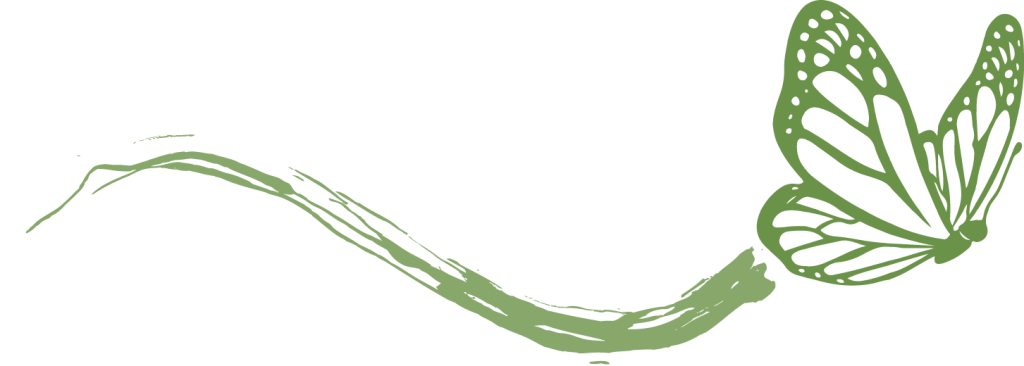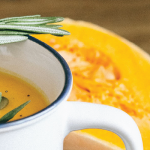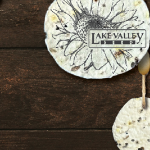The Rest Is How You Grow
As fall settles in with its slower pace and decreased production in the veggie beds, we gardeners can feel winter inching ever closer. We feel it in our bones and smell it in the air. We hope against hope for the inch long pepper that likely won’t reach maturity and every ripening tomato, a gift from the garden, not promised tomorrow. It is easy to be caught in the doldrums as summer’s splendor fades but have heart my little garden gnomes and flower loving fairies! Winter does not spell defeat. Now is the time to rest and recharge, that we may rise again with vim and vigor in the blush of spring. This is not unlike the natural cycle of our perennial flower plants and their seeds, which makes fall an ideal time to sow these seeds.
Fall is For Flowers
Most wildflowers are perennials, which means they are cold hardy plants that are, by and large, able to withstand the freezing temperatures of winter. When you sow perennial seeds at least 6-8 weeks before the first frost in your region, you allow the tender seedlings enough opportunity to grow a strong root system, able to withstand the frigid winter. If you missed this window, fear not! Many perennials and especially the north American wildflowers benefit greatly from experiencing an extended period of cold temperatures. As winter’s frosty temperatures break, it signals to the seed that the time has come to germinate. This process is called cold stratification.
To sow seeds for natural cold stratification, you’ll want to wait until hard frosts (lows below 28°F) have arrived in your region. This ensures the seeds will stay chilled and remain in their dormant state throughout the winter. Experiencing a hard frost as a delicate seedling could spell disaster, were they to germinate too early. By December it is safe to use this method of sowing seeds across most of the United States. If you live in an area that does not experience winter temps, you can give your seeds the wintery treatment by putting them in the refrigerator for a few weeks (the exact length of time will vary by seed), before sowing them in the spring.
In time, Spring will spring forth. Your slumbering seeds will awaken, and the garden will be abuzz. This is the part that makes growing wildflowers so great. Truly, maybe the biggest part of why I grow them, they help pollinators. It’s amazing to feel like this little patch of earth that I have toiled over and made beautiful serves an even greater purpose. I’m not just watering my Rudbeckia, I’m saving butterflies.
But this brings me to my next important point:
Seeds are food!
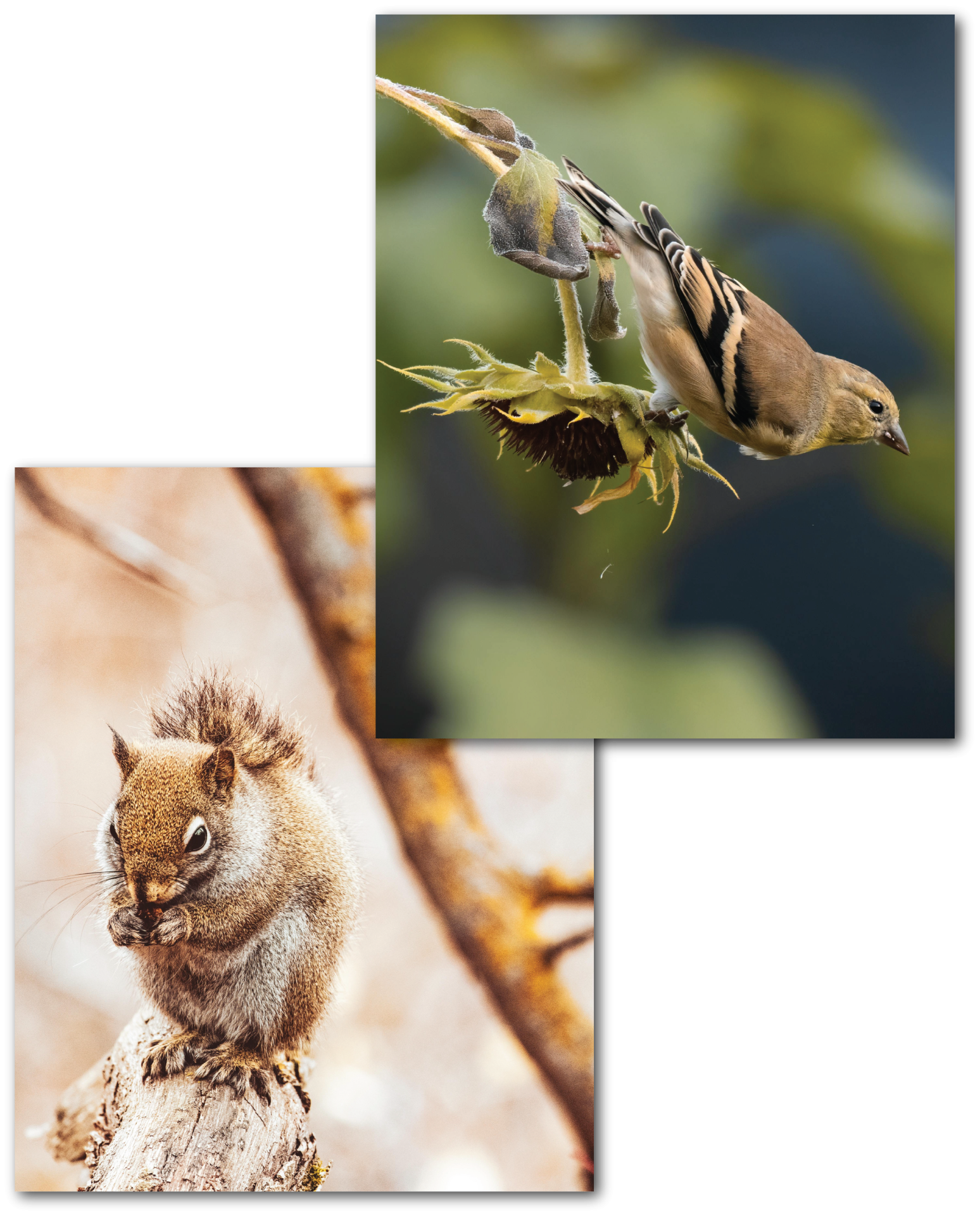
We have to keep this in mind, because while, of course, we want to share the bounty of our beautiful flower bed with our woodland neighbors, this fact can make starting said garden frustrating at times. Seeds sown and left over-winter are vulnerable to hungry mice, squirrels, and birds. A layer of leaf-litter mulch can help to protect your seeds from would-be-marauders and also provide an added shield against extreme cold. As some wildflowers do require light to germinate, it is best to remove this mulch covering in the spring. Once your wildflowers are established, they will produce more than enough seeds to help feed your pollinator friends and reseed to come back again year after year.

As your wildflower garden grows so will your vegetable production. Attracting pollinators to your yard comes with extra benefits. Those pollinators aren’t just visiting your wildflowers; they’re also visiting your veggie flowers. According to Daniel Mutavi Katumo, et all, in an article published in Science Direct, there have been numerous studies that show “[increased] pollinator diversity may determine the quality [and] enhances the quantity of agricultural yield[s].”1 Feeding the bees means more veggies! Additionally, many pollinators aren’t sustained on nectar and pollen alone. They are also predators, who feed on nuisance insects, and can help to protect your crops by keeping pest populations in check. Everybody feasts!
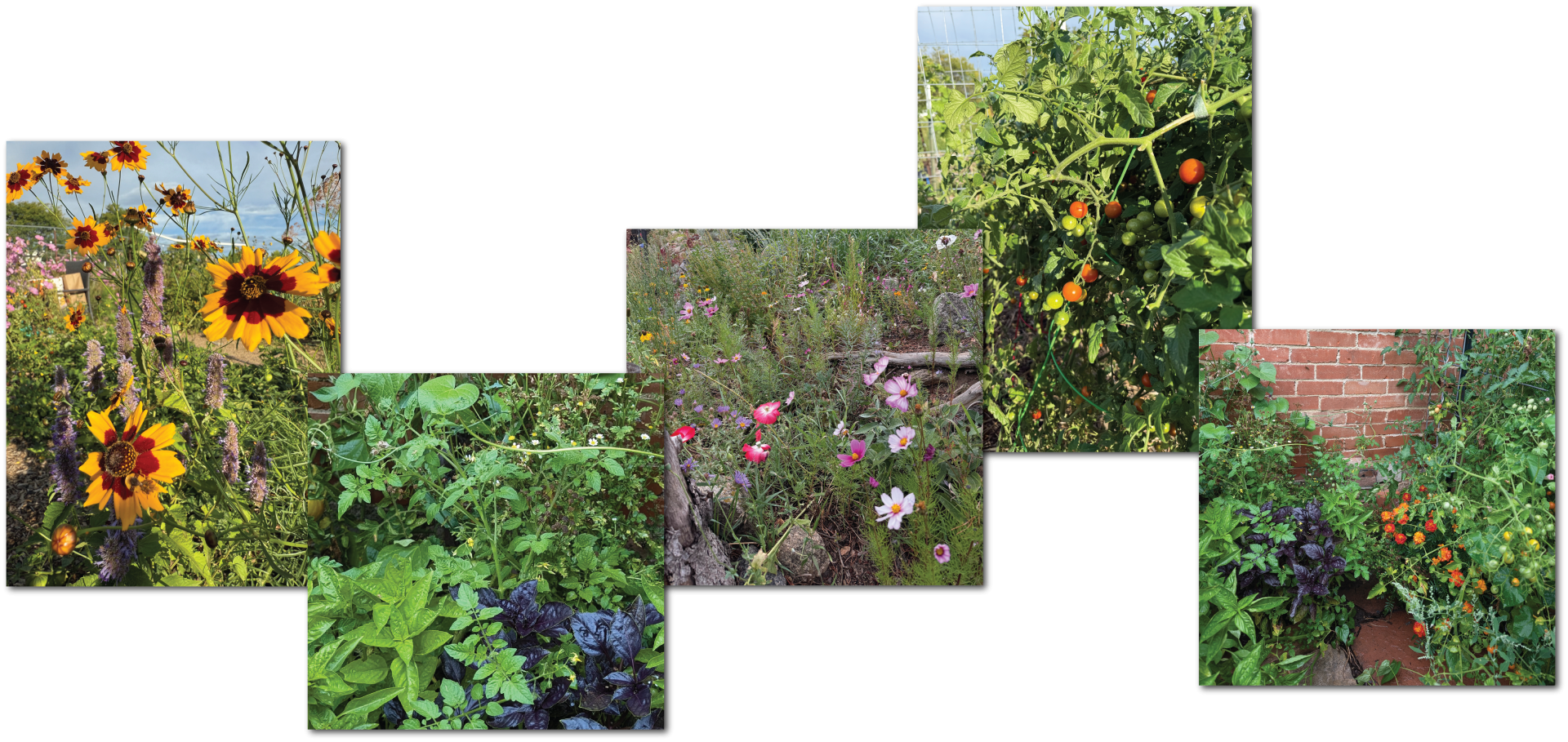
If you’re looking to make your garden more beautiful, bountiful, and beneficial in the coming year, now is the time to start planning for winter-sowing wildflowers. You’ll be glad you did and so will the pollinators.
- Daniel Mutavi Katumo, Huan Liang, Anne Christine Ochola, Min Lv, Qing-Feng Wang, Chun-Feng Yang,
Pollinator diversity benefits natural and agricultural ecosystems, environmental health, and human welfare,
Plant Diversity,
Volume 44, Issue 5,
2022,
Pages 429-435,
ISSN 2468-2659,
https://doi.org/10.1016/j.pld.2022.01.005.
(https://www.sciencedirect.com/science/article/pii/S2468265922000166)
↩︎



